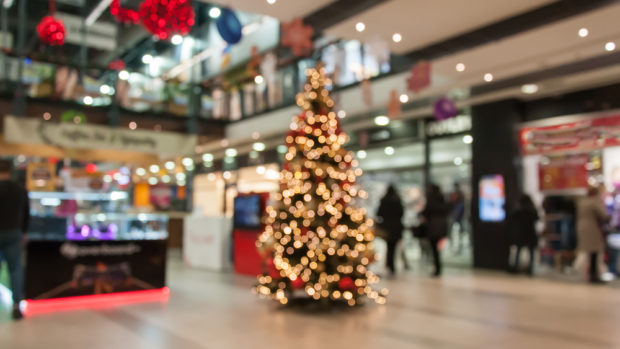Attest has released new data on the marketing trends that will shape 2023. Divided sentiment amongst consumers & three key worries weigh on their minds
The data reveals that a slim majority of British consumers (46 per cent) are feeling positive; by contrast, 30 per cent feel negative as they head into the New Year. When it comes to what’s stressing the nation out, their biggest worries for next year are unaffordable energy bills (59 per cent), followed far behind by the war in Ukraine (7 per cent) and increases in petrol prices (6 per cent).
Key findings for marketers include:
- Britons want brands to reassure & also expect marketing to get political:
- Perhaps influenced by ongoing economic uncertainty, Britons want to be told everything’s going to be alright; with an 11.4 point uplift from last year in the number of consumers who want to hear reassuring messaging from brands (to stand at 45 per cent).
- Overall, humorous messaging is slightly more popular (at 49 per cent), but consumers also want to hear and see motivational messages from brands in 2023 (at 40 per cent).
- Poverty/inequality is the top issue people want brands to address (45 per cent), an 11.4 point increase from last year’s findings, pointing to a broader awareness of those struggling with the cost of living crisis. This is followed by climate change (41 per cent), racism (31 per cent) and animal welfare (28 per cent).
- Meanwhile, just 16 per cent of Britons believe brands shouldn’t address political or societal issues.
- Rampant consumerism is going out of fashion, with discount shopping on the rise:
- Frugality is cool for 2023; 40 per cent of consumers say they are buying fewer things and consuming less – that’s an 8.5 point increase from last year.
- Meanwhile, 44 per cent of consumers will sell their unwanted goods, meaning the pre-loved market could be booming next year.
- Shopping at charity and discount stores will also be a big trend in 2023, with 35 per cent of consumers saying they’ll be hunting for a bargain in these shops to combat the rising cost of living.
- The environmental effects of fast fashion have been in the spotlight lately and it seems to have had an impact also. A net -23.5 per cent of consumers say they will buy fewer fast fashion items in 2023.
- TikTok is taking off for brands & email marketing remains strong:
- The number of consumers who engage with brands on TikTok has increased by 7.4 points since last year to 27 per cent. Overall, engagement with brands on social media has increased by 7.8 points to 83 per cent.
- However, the ever-dependable email remains an invaluable channel for brands to reach all age groups, with “once a week” being the preferred cadence for mailings. The percentage of consumers who don’t want to receive marketing emails at all is just 10 per cent.
- Virtual reality also sees growth, but streaming subscriptions suffer:
- Ownership of virtual reality (VR) headsets is growing; a quarter of UK households have one (at 25 per cent). A further 25 per cent of Britons who don’t have a VR headset state they plan to get one, highlighting a developing opportunity within virtual worlds for advertising.
- Yet subscriptions appear to be a casualty of the rising cost of living, with 62 per cent of consumers cancelling one. TV streaming services were the most likely to be axed (at 22 per cent), showing the challenge facing brands in reaching consumers on the right channel, especially with platforms like Netflix opening up advertising options.
Jeremy King, CEO and founder of Attest, said of the research: “As we enter the new year, Attest’s research finds the British consumer in an important and high-value state of flux. Inflation and economic uncertainty appear to weigh heavily on their minds, reflected in the want for brands to provide a mix of humour, inspiration and motivational messages for 2023.
“Changes to fundamental behaviours are afoot also. Frugality is on the spectrum between necessary and contemporary. This research paints a picture of consumers trying to react to worsening economic conditions – with tectonic shifts in expectations, perceptions, channels and value – meaning brands now more than ever need to be on top of the changing needs and wants of consumers to succeed.”








Share